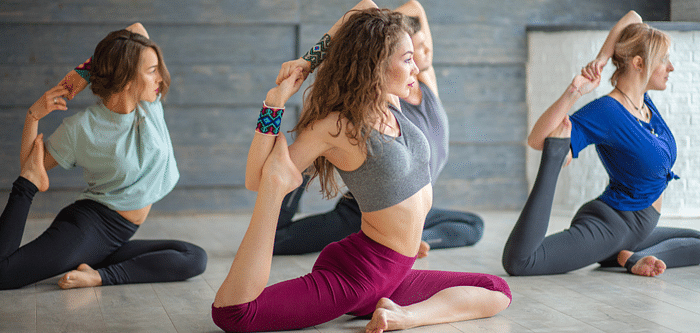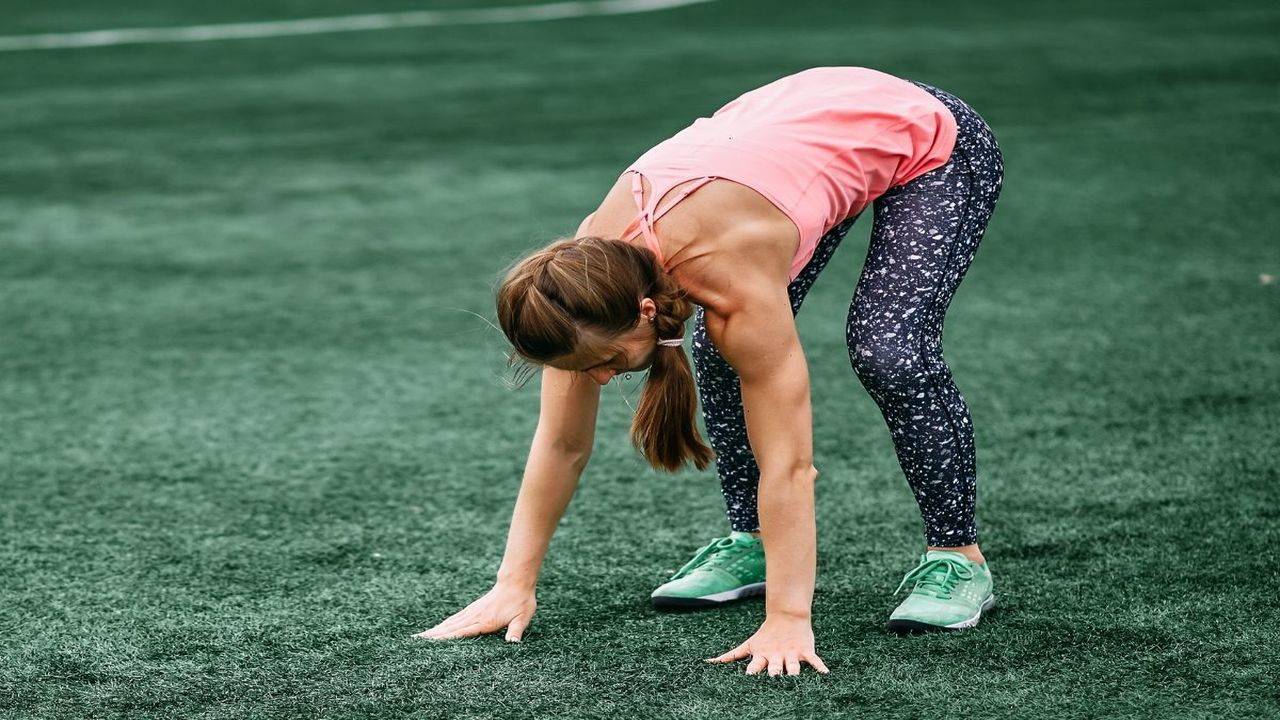Push-ups. We all know them, we all dread them at some point, and yet they remain one of the best ways to build upper body strength anywhere, anytime. The humble push-up doesn’t need fancy equipment or a gym membership. Just you, the floor, and your bodyweight.
But here’s the thing. Even though push-ups look simple, so many people get them wrong. A sloppy push-up does more harm than good—hurts your shoulders, strains your neck, and barely works your chest or arms. Good form changes everything.
So if you want to master push-ups once and for all, these 6 expert-backed tips will help you fix your form, get stronger, and maybe even learn to love them a bit. Let’s break it down.
Why Do Push-Ups Matter So Much?
Push-ups are like a full-body check-up for your strength and stability. When you do them right, you work your chest, shoulders, triceps, core, and even your glutes. You’re not just pushing yourself up and down—you’re building body control, posture, and endurance.
It’s also a great test of functional strength. If you can knock out clean push-ups, it means you have good upper body strength and core stability, which carries over to daily life and other exercises.
1. Nail the Proper Starting Position
A good push-up starts before you even move an inch. The biggest mistake? Setting up wrong.
Here’s what to do:
- Place your hands slightly wider than shoulder-width apart. Not too wide, not too narrow.
- Your fingers should point forward, weight spread evenly.
- Extend your legs straight back with your feet together or hip-width apart.
- Engage your core and squeeze your glutes—your body should form a straight line from head to heels.
Tip: Think of your body as a plank of wood. No sagging hips or sticking your butt up in the air. A strong starting position keeps your shoulders, lower back, and wrists safe.
2. Keep Your Elbows at the Right Angle
Ever see someone’s elbows flare out to the sides like chicken wings? It’s common—and it’s terrible for your shoulders.
Here’s the fix:
- As you lower down, keep your elbows at about a 45-degree angle from your torso.
- Don’t pin them too close to your ribs but don’t let them stick out wide either.
This angle protects your shoulders and helps your chest and triceps do the work.
3. Lower Yourself With Control
A push-up isn’t just about pushing yourself up. It’s about lowering yourself down properly too. A lot of people rush this part or drop down like a sack of potatoes.
How to get it right:
- Lower your chest toward the floor slowly.
- Keep your elbows tucked in that sweet 45-degree position.
- Stop when your chest is about an inch from the ground (or your upper arms are parallel to the floor).
Tip: Control builds muscle. The slower and smoother you go, the stronger you get.
4. Engage Your Core Like a Plank
Your abs are working just as hard as your chest during a push-up—if you let them. When your core goes soft, your hips sag or your back arches. That’s a recipe for back pain and bad reps.
Fix it:
- Before you start, brace your core like someone’s about to punch you in the stomach.
- Squeeze your glutes tight. This keeps your hips in line.
Basically, do a plank while you push. Your whole body should move as one unit.
5. Don’t Forget to Breathe
Sounds obvious, but many people hold their breath during push-ups without realizing it. Bad idea—your muscles need oxygen to fire properly.
Here’s what works:
- Inhale as you lower your body down.
- Exhale as you push yourself back up.
Tip: Controlled breathing helps keep your pace steady and prevents you from gassing out too soon.
6. Quality Over Quantity
One perfect push-up is better than 20 sloppy ones. Ego reps won’t help you get stronger or build muscle. They just teach your body bad habits.
So how many should you do? Start small.
- If you can only do 5 clean push-ups, do 5. Rest. Do a few more sets.
- Over time, add reps slowly as your strength improves.
Don’t rush the process. Focus on perfect form each time. You’ll get stronger faster, and you’ll protect your shoulders and wrists from injury.
Bonus: Modify If Needed—No Shame in It
Can’t do a full push-up yet? No big deal. Everyone starts somewhere.
Try these easier variations:
- Knee Push-Ups: Keep your knees on the floor. Focus on the same straight-line body position from shoulders to knees.
- Incline Push-Ups: Place your hands on a bench, sturdy chair, or even a wall. The higher your hands, the easier it gets.
- Negative Push-Ups: Start at the top, lower down slowly with perfect form, drop your knees if needed, then reset.
These build strength and confidence until you’re ready for the real deal.
Small Mistakes to Watch Out For
Even with good tips, watch for these common push-up pitfalls:
- Dropping your head: Keep your neck neutral, eyes looking slightly ahead.
- Arching your back: Engage your core and glutes. No banana backs.
- Shrugging your shoulders: Keep them away from your ears.
- Bouncing off the floor: No cheating. Tap lightly if your chest touches the ground, then push back up strong.
How Often Should You Do Push-Ups?
Push-ups fit into almost any workout routine. You can add them to upper body days, full-body days, or do them on their own.
If you’re new:
- Start with 2-3 times a week.
- Keep reps moderate and rest between sets.
- Pair with other moves like rows, planks, or shoulder work for balanced strength.
Push-ups every single day? Not always the best idea. Muscles need rest to grow stronger. A few quality sessions a week beats daily half-reps any day.
Final Thoughts
Push-ups will never go out of style, but they will never do you any good if you do them with sloppy form. With these six pro tips in your pocket, you’re ready to tackle push-ups the right way—stronger, safer, and more confident than ever.
Next time you hit the floor, don’t just bang them out. Set up right, focus on each rep, and watch your strength climb. You’ve got this.
Got your own push-up hacks or struggling with form? Drop your questions—I’m always here to help you get stronger the smart way.










